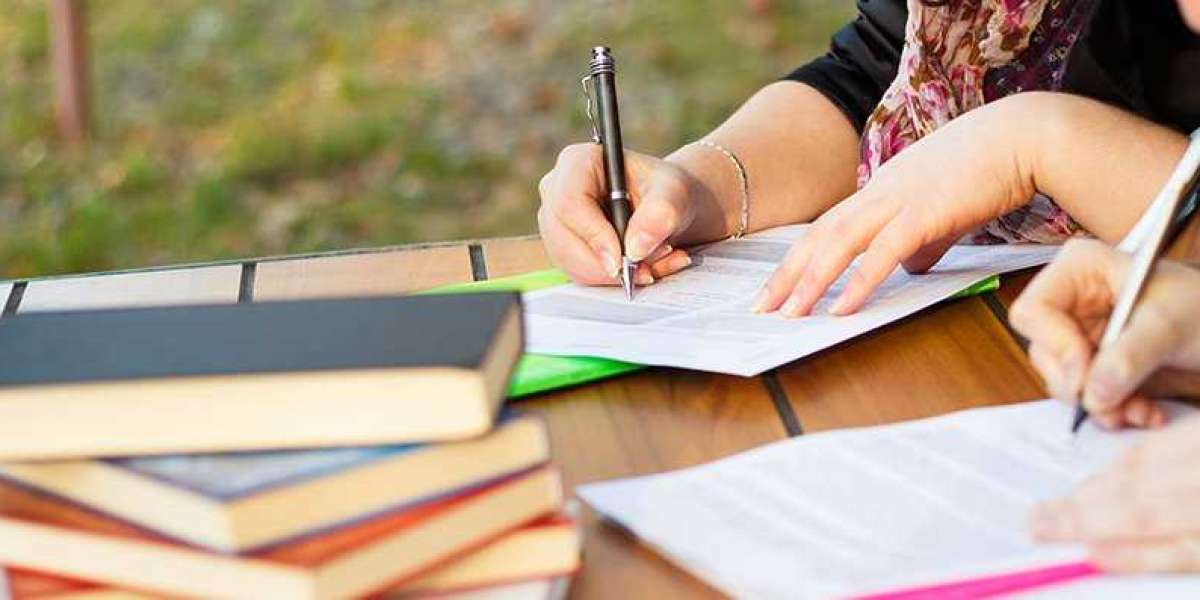Is your washing machine in Abu Dhabi not spinning properly? Spin cycle issues can be frustrating, but many of them can be resolved with some simple troubleshooting steps. In this article, Washing machine repair ABU DHABI will provide you with quick fixes for Washing machine spin cycle issues, ensuring that your laundry routine is back on track in no time.
Introduction
A malfunctioning washing machine can disrupt your daily life, especially when it refuses to spin. Spin cycle issues can result from a variety of problems, including mechanical failures, electrical issues, or user errors. By understanding the common causes and solutions for these issues, you can save time and money by avoiding unnecessary repairs or replacements. In this comprehensive guide, we will cover:
- Common Causes of Spin Cycle Issues
- Step-by-Step Troubleshooting Guide
- DIY Fixes
- When to Call a Professional
- FAQs
Let's dive into the details and get your washing machine spinning smoothly again.
Common Causes of Spin Cycle Issues
Understanding the root cause of the spin cycle problem is the first step towards a quick fix. Here are some of the most common reasons why your washing machine might not be spinning properly:
1. Imbalanced Load
An imbalanced load can cause the washing machine to stop spinning to prevent damage. If the clothes are clumped together or if there are too few items, the machine may not be able to distribute the weight evenly.
2. Lid Switch Issue
For top-loading washing machines, a faulty lid switch can prevent the spin cycle from starting. The machine won’t spin if it senses that the lid is open.
3. Belt Problems
A worn or broken belt can prevent the drum from spinning. This is a common issue in older washing machines.
4. Motor Problems
The motor is responsible for turning the drum. If the motor is faulty, the washing machine won’t spin.
5. Drainage Issues
If the washing machine cannot drain water properly, it won’t enter the spin cycle. This can be due to a clogged drain hose or pump.
Step-by-Step Troubleshooting Guide
Follow these steps to troubleshoot and potentially fix your washing machine spin cycle issues:
Step 1: Check the Load Balance
- Stop the Machine: Pause the cycle and redistribute the clothes evenly.
- Remove Excess Items: If the load is too heavy, remove some items and restart the machine.
Step 2: Inspect the Lid Switch
- Test the Lid Switch: Open and close the lid to listen for a clicking sound. If you don’t hear it, the lid switch might be faulty.
- Replace the Switch: If necessary, replace the lid switch. This can be a simple DIY fix.
Step 3: Examine the Belt
- Unplug the Machine: Always disconnect the washing machine from the power source before inspecting internal components.
- Check the Belt: Remove the back panel and inspect the belt for wear or damage.
- Replace if Needed: If the belt is worn or broken, replace it with a new one.
Step 4: Assess the Motor
- Listen for Strange Noises: A humming or buzzing sound might indicate motor issues.
- Test the Motor: If you’re comfortable, test the motor with a multimeter to check for continuity.
- Call a Professional: Motor issues can be complex, so consider calling a professional for repair or replacement.
Step 5: Address Drainage Problems
- Check the Drain Hose: Ensure the hose is not kinked or clogged.
- Clean the Pump: Remove and clean the drain pump filter.
- Run a Spin Cycle: After cleaning, run a spin cycle to see if the issue is resolved.
DIY Fixes
Fix 1: Balancing the Load
- Redistribute Clothes: Make sure the load is balanced and not too heavy.
- Use a Balanced Detergent Amount: Too much detergent can create excess suds, affecting the spin cycle.
Fix 2: Replacing the Lid Switch
- Purchase a New Lid Switch: Ensure it’s compatible with your machine model.
- Install the New Switch: Follow the manufacturer’s instructions for installation.
Fix 3: Replacing the Belt
- Buy the Correct Belt: Make sure it matches your washing machine model.
- Replace the Belt: Follow a step-by-step guide or the manufacturer’s instructions.
When to Call a Professional
While many spin cycle issues can be fixed at home, some problems require Professional Assistance. Call a professional in the following situations:
- Electrical Issues: If you suspect electrical faults, it’s safer to call an expert.
- Complex Motor Problems: Motor repairs can be intricate and best handled by professionals.
- Persistent Issues: If troubleshooting doesn’t resolve the issue, a professional diagnosis might be necessary.
FAQs
Q1: Why is my washing machine not spinning?
A: Common causes include imbalanced loads, faulty lid switches, belt problems, motor issues, and drainage problems.
Q2: Can I fix the spin cycle issue myself?
A: Yes, many issues like load imbalance and lid switch problems can be fixed with basic troubleshooting and DIY steps.
Q3: How do I know if the belt is broken?
A: If the drum is not spinning and you hear the motor running, the belt might be broken. Inspect it for wear or damage.
Q4: What should I do if the motor is faulty?
A: Motor issues can be complex. If you’re not experienced with electrical repairs, it’s best to call a professional.
Q5: How can I prevent spin cycle issues in the future?
A: Regular maintenance, balancing loads properly, and using the correct detergent amount can help prevent spin cycle issues.
Conclusion
Dealing with washing machine spin cycle issues in Abu Dhabi can be a hassle, but with the right knowledge and troubleshooting steps, you can often fix the problem yourself. By checking for common issues like imbalanced loads, faulty lid switches, worn belts, motor problems, and drainage issues, you can quickly identify and resolve the problem. However, if the issue persists or if you’re uncomfortable performing repairs, don’t hesitate to call a professional for assistance.












